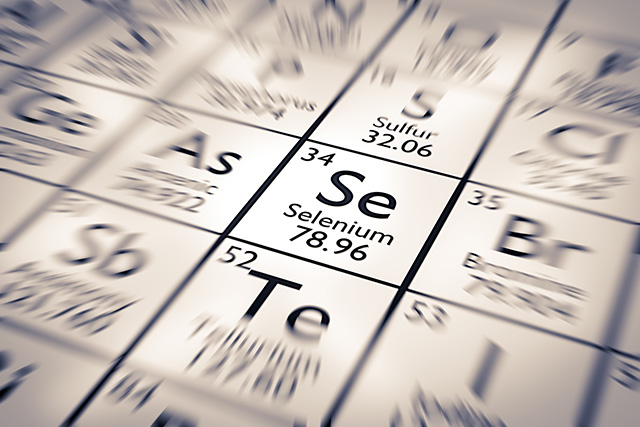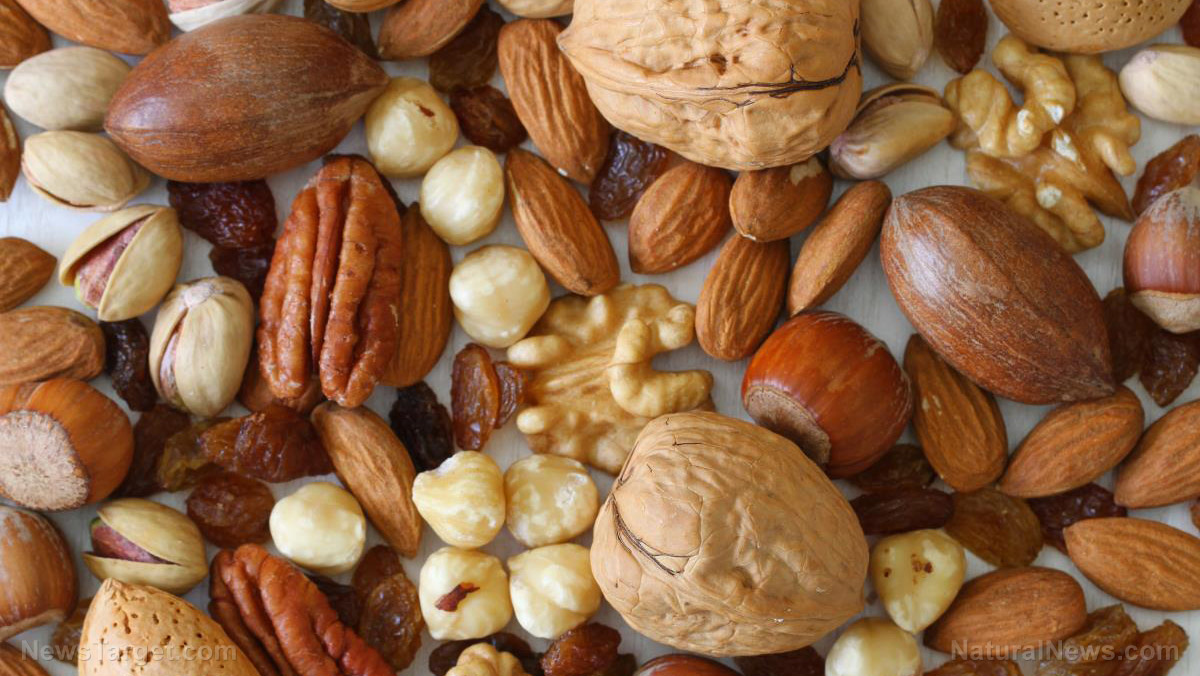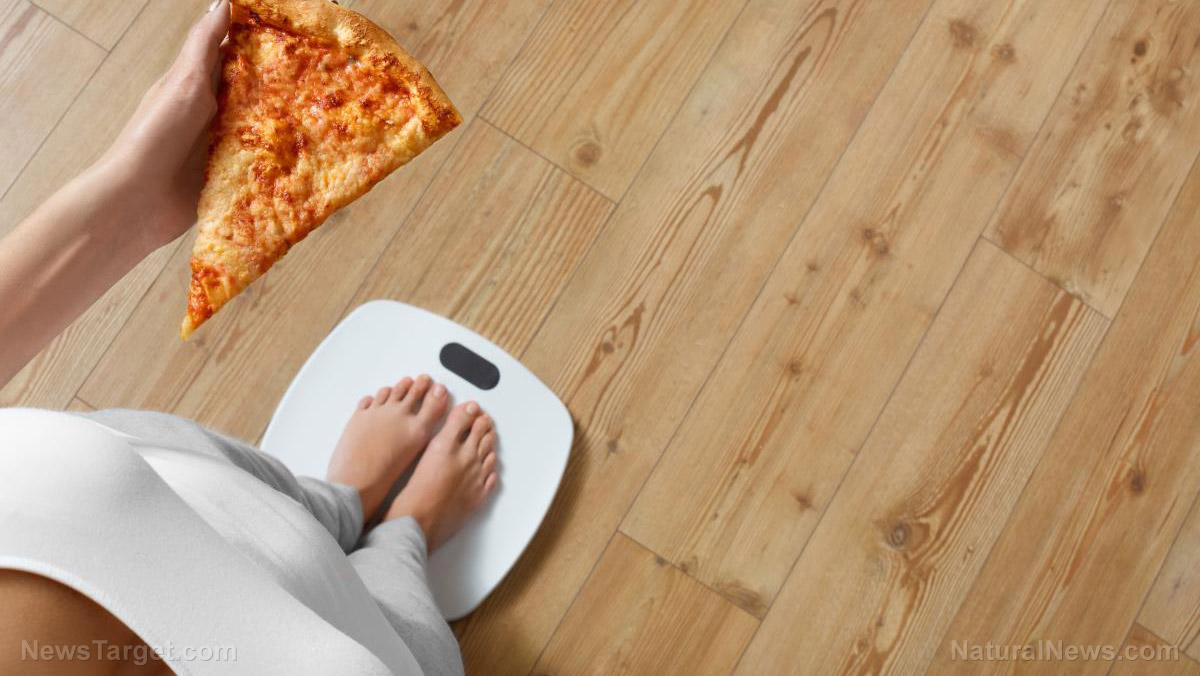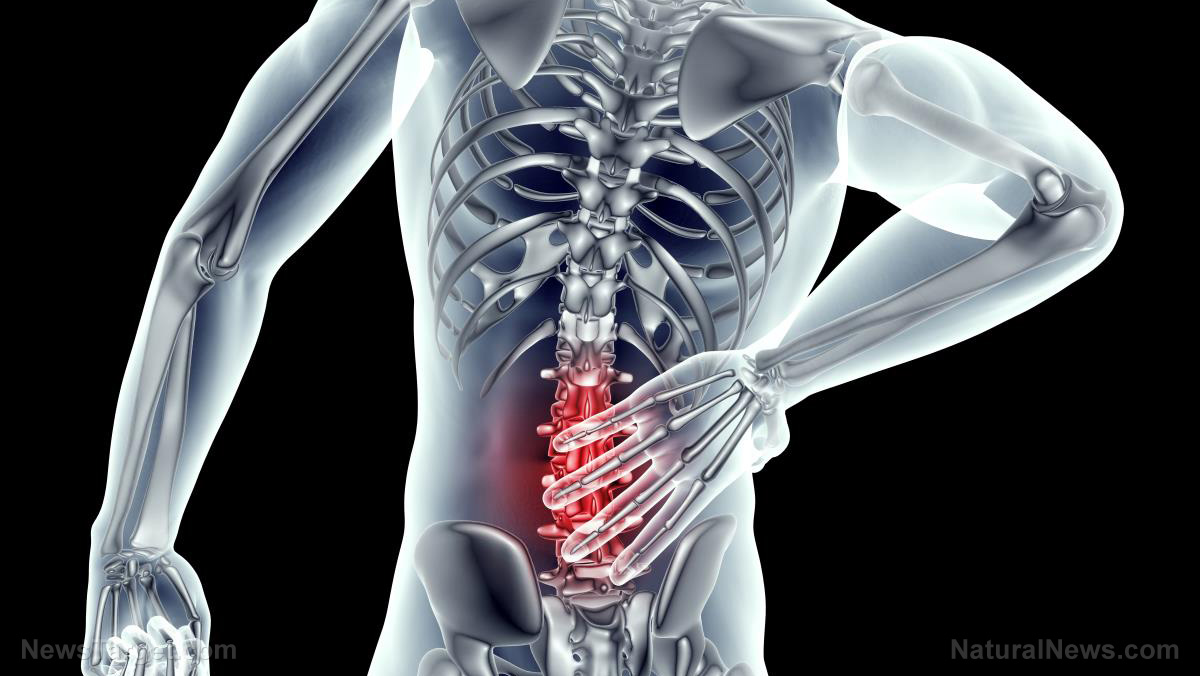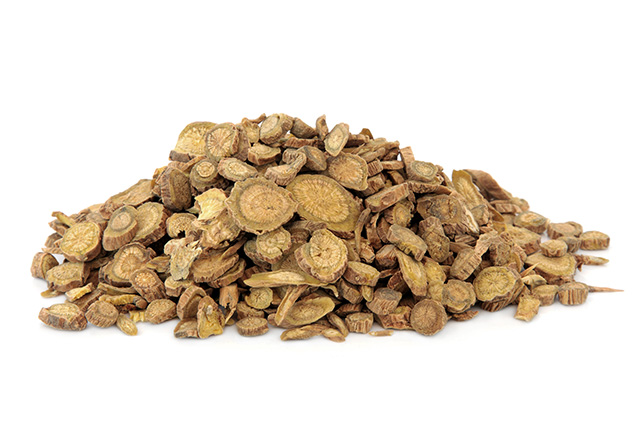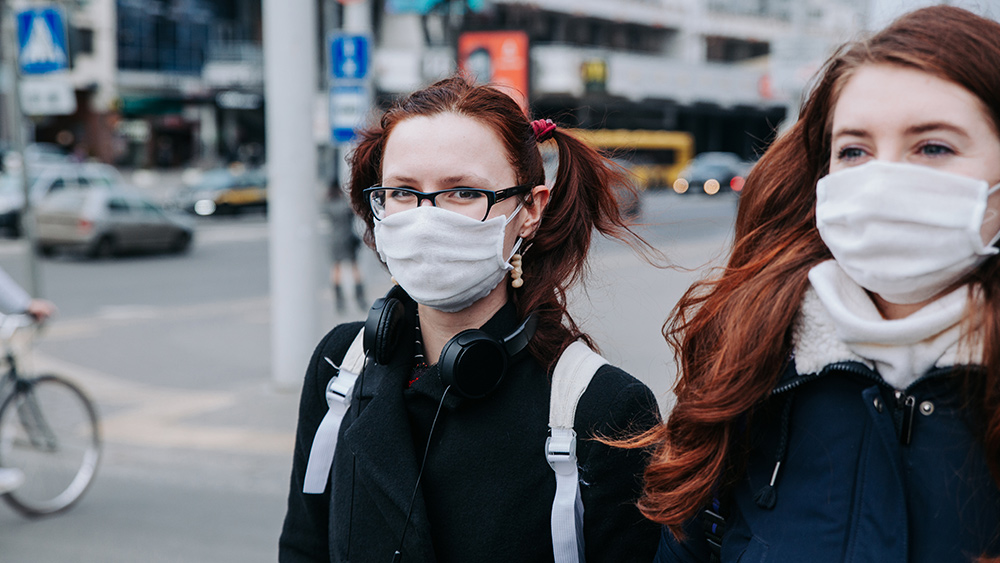Researchers suggest hot water therapy could be as effective as exercise for people with peripheral artery disease
05/13/2020 / By Divina Ramirez

Hot water therapy can improve functional ability and cardiovascular health in individuals with peripheral artery disease (PAD), according to a recent study published in the American Journal of Physiology-Heart and Circulatory Physiology.
A team of researchers from New Zealand found evidence indicating that heat therapy via hot-water immersion yields the same health benefits as supervised exercise programs in people with PAD. The results of the study suggest that heat therapy can be an effective alternative treatment for people who find it difficult to exercise due to leg pain and stiffness caused by PAD.
What is peripheral artery disease?
PAD is a vascular condition that causes blockages inside the arteries due to the buildup of cholesterol and fatty deposits. As a result, extremities and lower body parts like the legs, abdomen and pelvis don’t receive enough blood flow.
As the name suggests, PAD occurs in areas outside of the heart and its immediate vicinity. In spite of this, PAD heightens the risk of cardiovascular conditions like coronary heart disease, congestive heart failure and heart attack to a certain extent. Additionally, PAD serves as an early sign of a potential widespread accumulation of fatty deposits in other arteries, a condition called atherosclerosis.
People who develop PAD tend to experience symptoms like chronic leg pain (claudication), hair loss, foot sores that won’t heal, hip cramps and sore thighs. Men might also experience erectile dysfunction since PAD occurs within that general area.
Although factors like poor nutrition and lifestyle habits increase the risk of PAD regardless of age, people who are over 50 years are more susceptible to the disease. Cardiometabolic conditions like obesity, hyperlipidemia (high cholesterol), hypertension (high blood pressure) and Type 2 diabetes also contribute to a heightened risk of PAD. People who smoke are also vulnerable to most types of circulatory diseases.
Exercise programs help patients with peripheral artery disease
There are several ways to prevent the onset of PAD. Most natural methods of treatment involve regular exercise, proper nutrition and weight management.
Exercise, in particular, is often touted as an effective preventive measure against PAD since it helps improve blood circulation and alleviate cramps. When used as a method of treatment, exercise typically involves supervision by a healthcare professional to ensure that the individual does not exercise excessively.
Unfortunately, exercise is not a viable option for most individuals with PAD, even when done under the guidance of an expert. For one thing, chronic leg pain makes it near impossible for individuals to move for long periods. Cramps and muscle soreness also tend to get in the way of proper exercise. (Related: Curcumin reduces pain associated with muscle soreness, study finds.)
Hot water therapy as an alternative treatment
Fortunately, researchers of the American Journal of Physiology study were able to prove that heat therapy via hot-water immersion works just as well as exercise when used to treat individuals with PAD.
To determine how heat therapy fared against exercise, researchers studied two small groups of adults with PAD over a period of 12 weeks. One group attended twice-weekly exercise sessions, while the other group participated in spa bath sessions three to five days a week.
For each session, participants in the exercise group walked for approximately 90 minutes on an indoor course and performed up to 60 minutes of gym-based exercises. Meanwhile, participants of the other group were encouraged to submerge themselves in a pool of hot water (39 C) for 20 to 30 minutes followed by a short period of calisthenics.
Prior to and after each session, the researchers measured several markers including blood pressure, heart rate, blood volume, oxygen levels, peripheral artery blood flow and overall quality of life.
After the 12-week period, the researchers found improvements in both group’s physical capacity and systolic and diastolic blood pressure. There was also no apparent difference between the effects of heat therapy and the effects of a supervised exercise program. In fact, heat therapy was able to reduce systolic blood pressure more than exercise.
The findings of the study indicate that hot water therapy can be a viable method of treatment in the long run for individuals with PAD, especially those who experience severe symptoms of the disease.
For more natural methods of preventing heart conditions like PAD, visit Heart.news.
Sources include:
Tagged Under: alternative medicine, biomedical research, cardiovascular health, disease treatments, heart health, heat therapy, longevity, natural cures, natural medicine, pain relief, peripheral artery disease, prevention, remedies
RECENT NEWS & ARTICLES
COPYRIGHT © 2017 NATURAL MEDICINE NEWS



